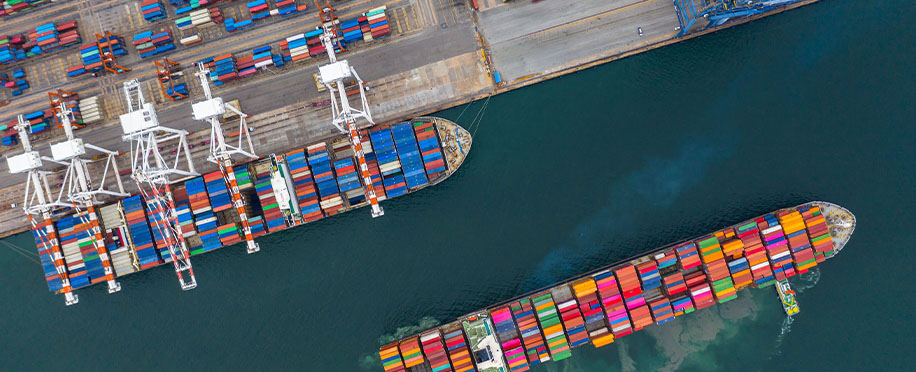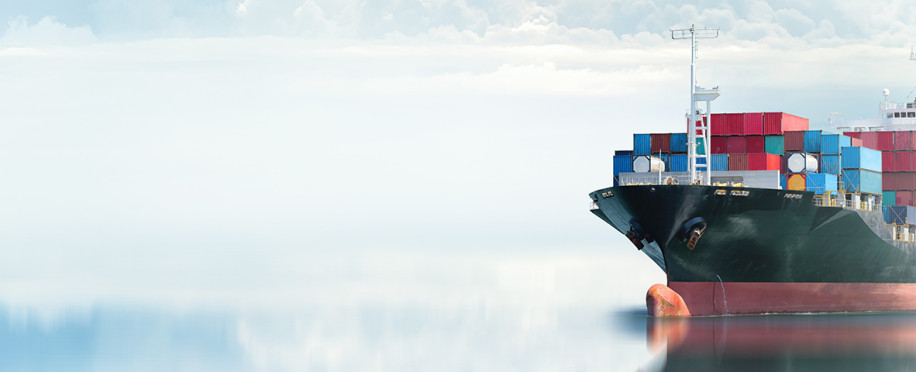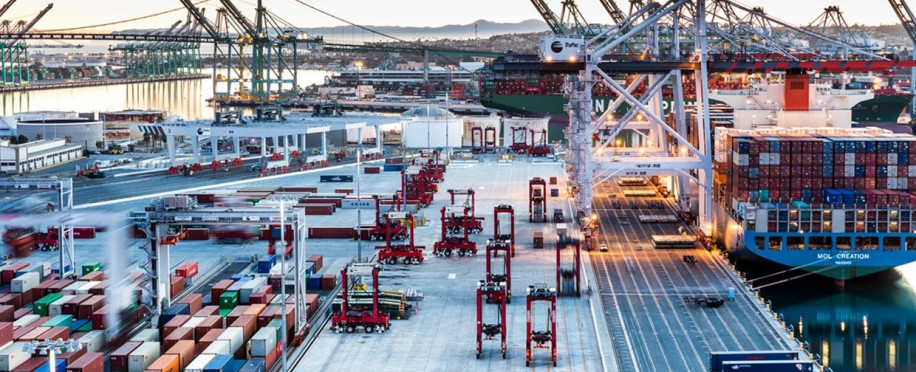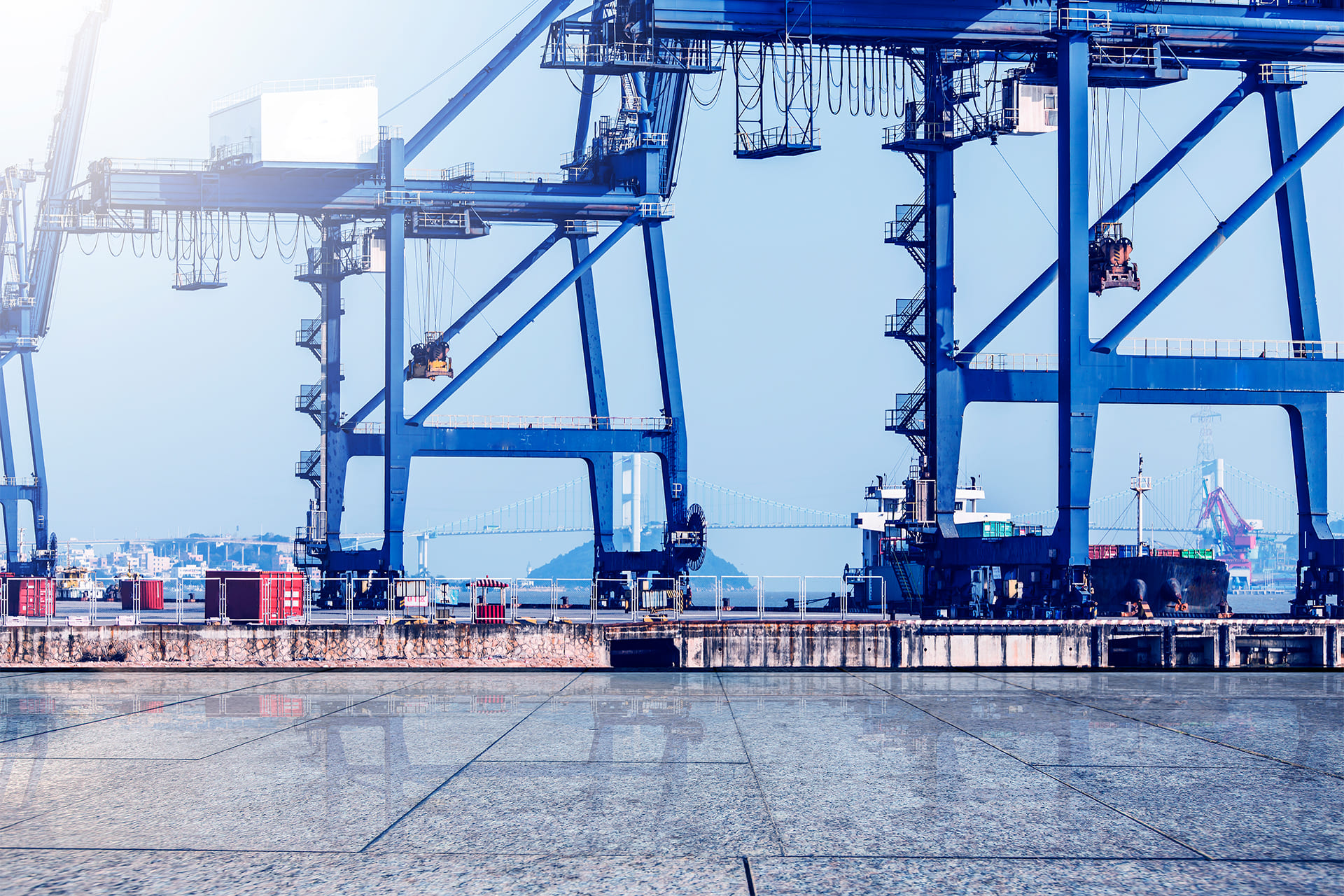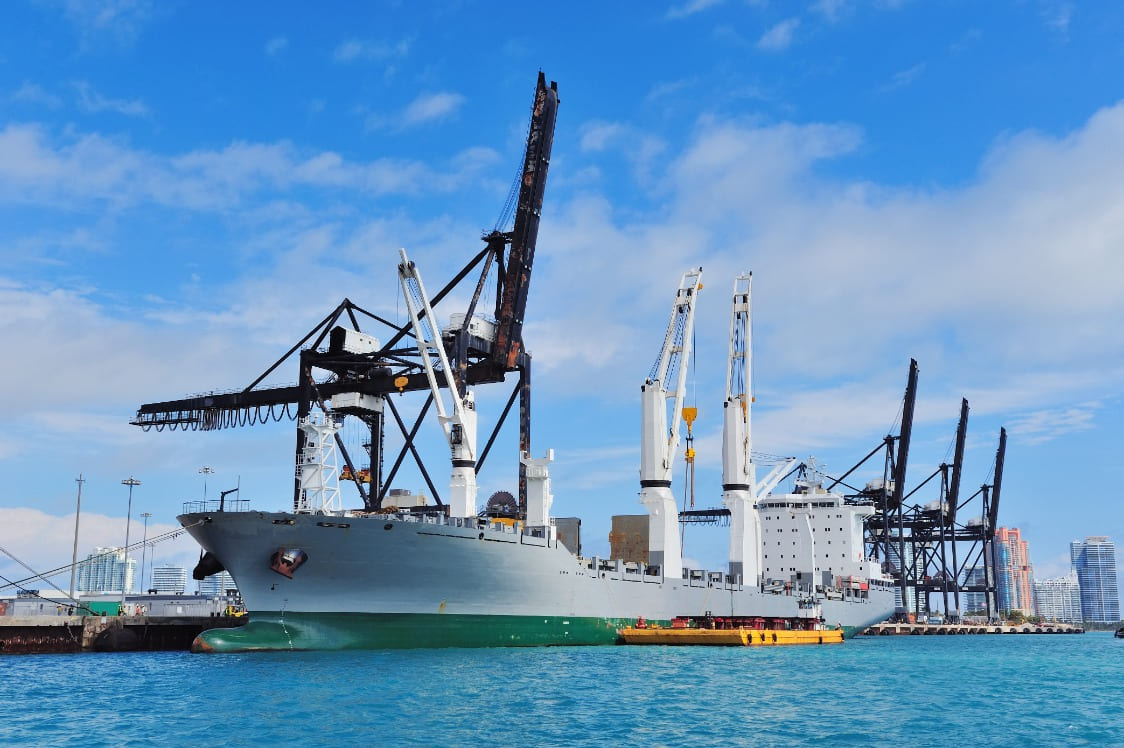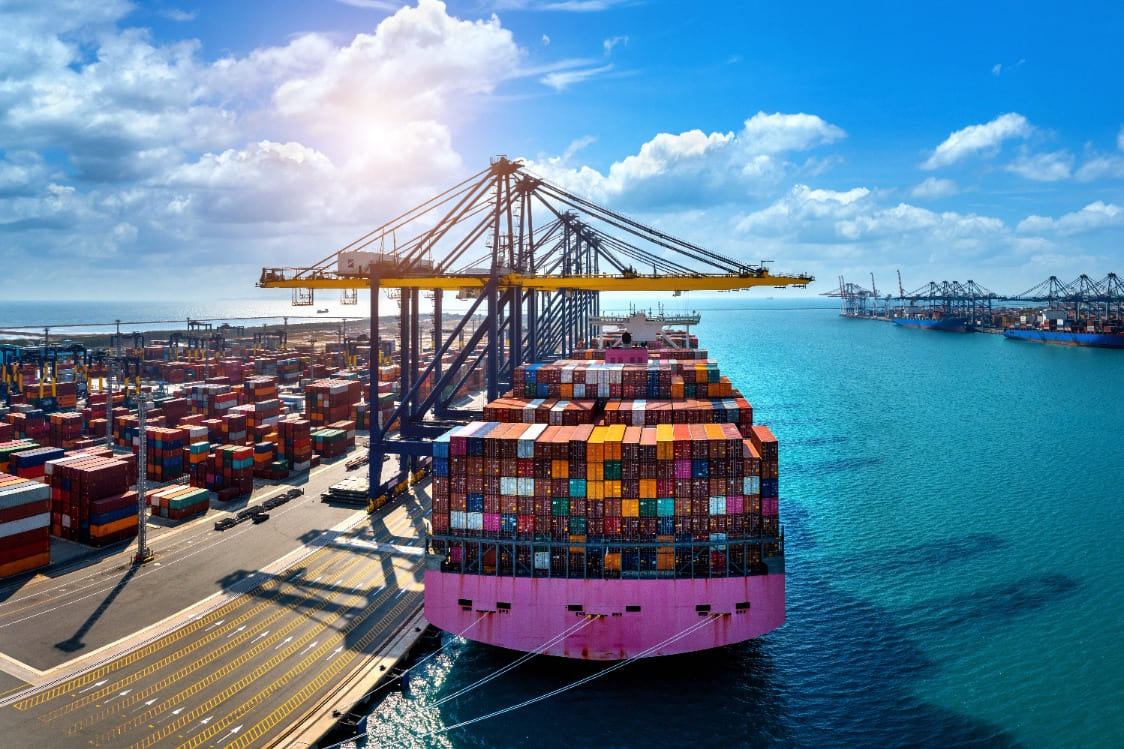What Is Lightering? A Key Process in Offshore Cargo Transfers
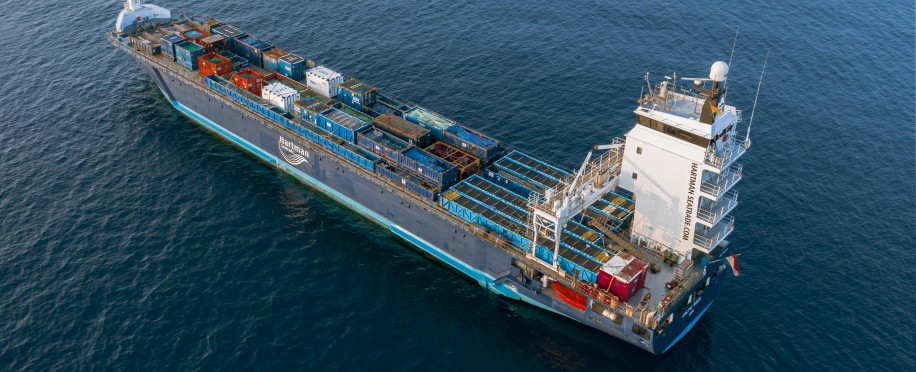
Posted on Mar 09, 2025 at 10:03 PM
In the world of shipping and freight logistics, lightering is a vital operation that contributes to enhancing transport efficiency and reducing costs. However, despite its great importance, it remains a complex technical challenge that requires careful control to ensure safety and efficiency. How can this operation contribute to improving cargo flow and reducing environmental impact? What are the factors that make it necessary in some cases?
Lightering may seem like a simple process of transferring cargo from one vessel to another, but the reality is more complex. When ships are too large to enter a port due to deep depth, or when supertankers need to decrease their weight to reach their destination, then lightering operations become necessary to ensure the continued flow of marine trade. However, any error in this operation can lead to the leakage of oil or hazardous material, which poses an environmental and economic risk.
The Definition of Lightering
Lightering is an operation in which cargo is transferred from one ship to another, whether at sea or in port areas, to reduce the weight of vessels and enable them to enter areas with shallow waters or territorial restrictions to large ships. This service is commonly used to transfer crude oil and other liquid products between tankers and smaller vessels.
Lightering is performed in areas such as the Gulf of Mexico, the coastal waters of Alaska, parts of Western Europe, and the USA. This operation is not always an option, as it depends on variables like the type of fuel or liquid being carried, weather conditions, and the efficiency of the equipment used. In some cases, lightering may become impossible due to chemical changes in the material being transferred, making recovery more difficult.
In addition, barges, bulk carriers, and even platforms are used specifically for lightering operations, where large tons of cargo are moved through these assigned systems.

Best Practices of Lightering
Lightering operations require strict practices to ensure safety and efficiency. Some of the best practices that can be learned in port management courses in London are:
Appointment of a Person in Charge (PIC)
Before the operation, a designated STS expert or ship’s master, as defined by the committee, is appointed to control the process, ensuring a united approach to safety and environmental standards.
Master’s Knowledge of the Risks of the Operation
The captain of each ship engaged in the operation must be aware of the environment and safety risks at all times, whether transferring barrels of crude oil from a tanker to a lighter or handling hazardous material, ensuring the process is performed securely and efficiently using established models and operational lines to prevent reverse effects on energy logistics.
Effective Communication Between Ships
A document outlining a unified communication system, such as maritime VHF/UHF frequencies, must be used to support operations. A report in PDF format should be signed to ensure quality, considering the average road conditions.
Safe Mooring and Unmooring
Mooring operations at maritime areas require the use of special equipment such as fenders to protect the ship’s hulls and reduce the risk of collision during operation.
Use of the Right Equipment
The equipment used traditionally consists of cranes, fluid transfer hoses and coolers, all of which must be documented, regularly inspected and suitable for various ship sizes. Crews should ensure stability, especially for flat-bottomed vessels, to withstand operational forces safely.
Monitoring the Weather
Unfavorable conditions may disrupt lightering operations, so weather forecasts should be checked and contingency plans must be developed.
Adhering to Checklists
Organizations like ICS and OCIMF provide strict classification and requirements to ensure compliance. So, documents detailing safety procedures should be used before each operation.
Why Do Lightering Operations Happen and Why Are They Important?
Lightering operations occur for several main reasons, including:
- Draft Reduction: Some ports prohibit large ships from entering due to draft restrictions, which requires lightering to minimize the weight of vessels.
- Saving Time and Costs: Avoiding high port fees is one reason why some companies prefer STS transfers in offshore zones rather than docking at facilities.
- Bunkering Services: Some ships receive fuel or liquefied gas during transit, allowing them to continue their voyage without delay.
- Reducing Environmental Risks: When a ship is involved in an accident, lightering can be carried out to save the cargo and prevent it from leaking into the sea, which reduces environmental and economic damage.
The socioeconomic impact of ports and terminals cannot be ignored, as lightering contributes to logistics efficiency, enhances supply chain resilience and reduces reliance on congested ports.
Finally,
Lightering is not just a technical process but an essential element of marine logistics operations that ensure the continuity of the flow of cargoes across the world’s seas and ports. However, the success of this operation depends on experts who perform critical tasks, sign necessary documents, follow an established model, operate within a specialized platform, and manage water transport within a coordinated fleet.
